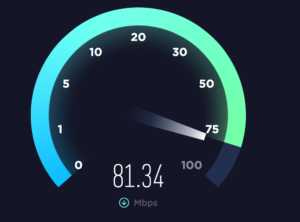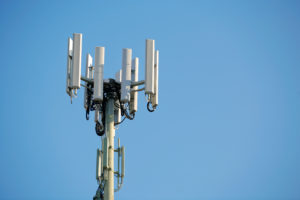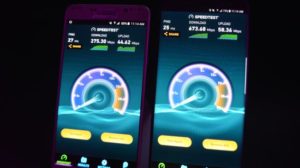 AT&T has been working with small businesses in three US cities over the past year to trial their 5G network (which they plan to deploy in 12 cities by the end of the year), and today they released the results of some of their testing:
AT&T has been working with small businesses in three US cities over the past year to trial their 5G network (which they plan to deploy in 12 cities by the end of the year), and today they released the results of some of their testing:
- In Waco, Texas, AT&T 5G speeds were 1.2Gbps from 500 feet over a 400MHz channel, with 9-12 millisecond latency.
- In Kalamazoo, Michigan, they saw 1Gbps speeds at 900 feet (275 meters) in “line of sight” conditions.
- From their South Bend, Indiana, tests, no specific speeds were reported, but reported “gigabit wireless speeds” in line of sight and “some nonline of sight” conditions.
Other interesting notes from the release were that there appeared to be no negative impact from rain or snow, and large numbers of users were connected during the tests. They also reported that signals can penetrate “significant foliage, glass and even walls” even better than they had expected.
AT&T’s tests are definitely very promising, and we can’t wait to see the network deployed to the public!







